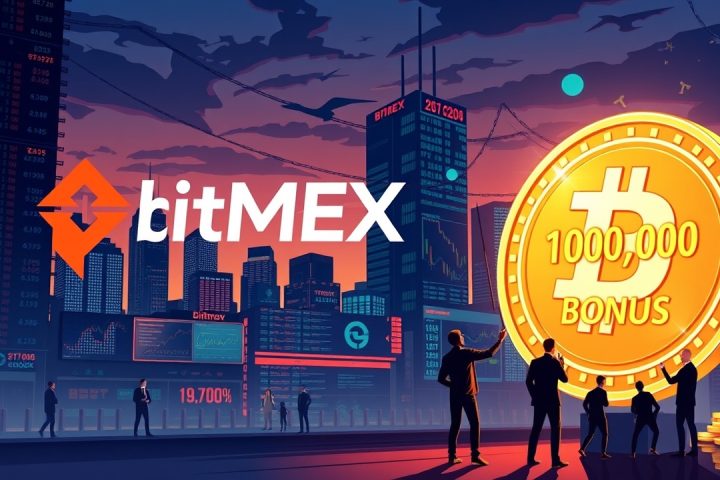Introduction
In 2017, the Ethereum network was brought to its knees by the overblown popularity of CryptoKitties, sparking urgent discussions about the limits of blockchain scalability. Fast forward to today, the decentralized finance (DeFi) ecosystem has expanded dramatically, with more than $100 billion in assets locked and a booming market for non-fungible tokens (NFTs). Yet the Ethereum Virtual Machine (EVM), integral to these advancements, is faltering under the weight of this activity.
Layer 2 Solutions: A Temporary Fix?
The prevalent strategy employed by the crypto landscape thus far has been the introduction of layer 2 solutions — secondary chains designed to handle transactions more efficiently before reporting back to Ethereum. However, there are growing concerns suggesting that reliance on layer 2s may not be the long-term answer the community is searching for.
Historically hailed as a remedy for the EVM’s scalability hurdles, layer 2 solutions have turned out to be more of a temporary fix than a solid solution. In fact, recent data from Gemini indicates a staggering emergence of a new layer 2 solution every 19 days in 2024, which is symptomatic of increased competition rather than effectiveness, leading to even greater challenges.
Challenges with Layer 2 Chains
Layer 2 chains often grapple with centralization and issues concerning cross-chain compatibility. Many rely on centralized sequencers, which can compromise transaction security, creating vulnerabilities for censorship and reordering concerns. Furthermore, Vitalik Buterin, co-founder of Ethereum, acknowledged in a recent blog that the lack of interoperability among these solutions presents significant issues, contributing to liquidity fragmentation and complicating user experience.
“The lack of interoperability among these solutions presents significant issues, contributing to liquidity fragmentation.”
Potential Solutions and Shifting Focus
Attempts to resolve these problems have led to innovative designs such as native rollups, aiming to address centralization. However, these solutions risk detracting value from existing projects, potentially hindering mainstream adoption. The pressing question remains: with layer 2s presenting their own challenges, is it time to shift the focus elsewhere?
According to L2BEAT, the financial burden of maintaining major layer 2 solutions amounts to approximately $95.53 million annually. Instead of pumping more resources into developing additional layer 2 networks, it may be more prudent to enhance the core layer that serves as the foundation of the Ethereum ecosystem.
Rethinking Layer 1 Enhancements
Shifting the focus back to layer 1 solutions could offer a clearer path to addressing the scalability conundrum. Historically, the emphasis has been on rollups, overshadowing the importance of optimizing layer 1. To effectively scale the EVM, a major rethinking of performance strategies is essential, prioritizing fundamental enhancements over mere increments.
As usage surges, the EVM is facing critical bottlenecks manifesting as network congestion and soaring gas prices. Strategies like parallel processing are being considered to boost transaction throughput, alongside a necessary overhaul of the EVM’s consensus and storage methodologies. These endeavors are vital to setting a new benchmark in blockchain performance and fostering a more inviting environment for developers.
Conclusion
For years, layer 2 solutions have been promoted as quick fixes to enhance transaction speed and affordability. However, true scalability for the EVM has always resided with layer 1 solutions from the outset. It is imperative now to embrace more precise performance metrics, which will ultimately enable significant improvements in network performance. This evolution is critical for the EVM, as its ongoing relevance and capacity to scale depend on the industry’s commitment to foundational enhancements.











